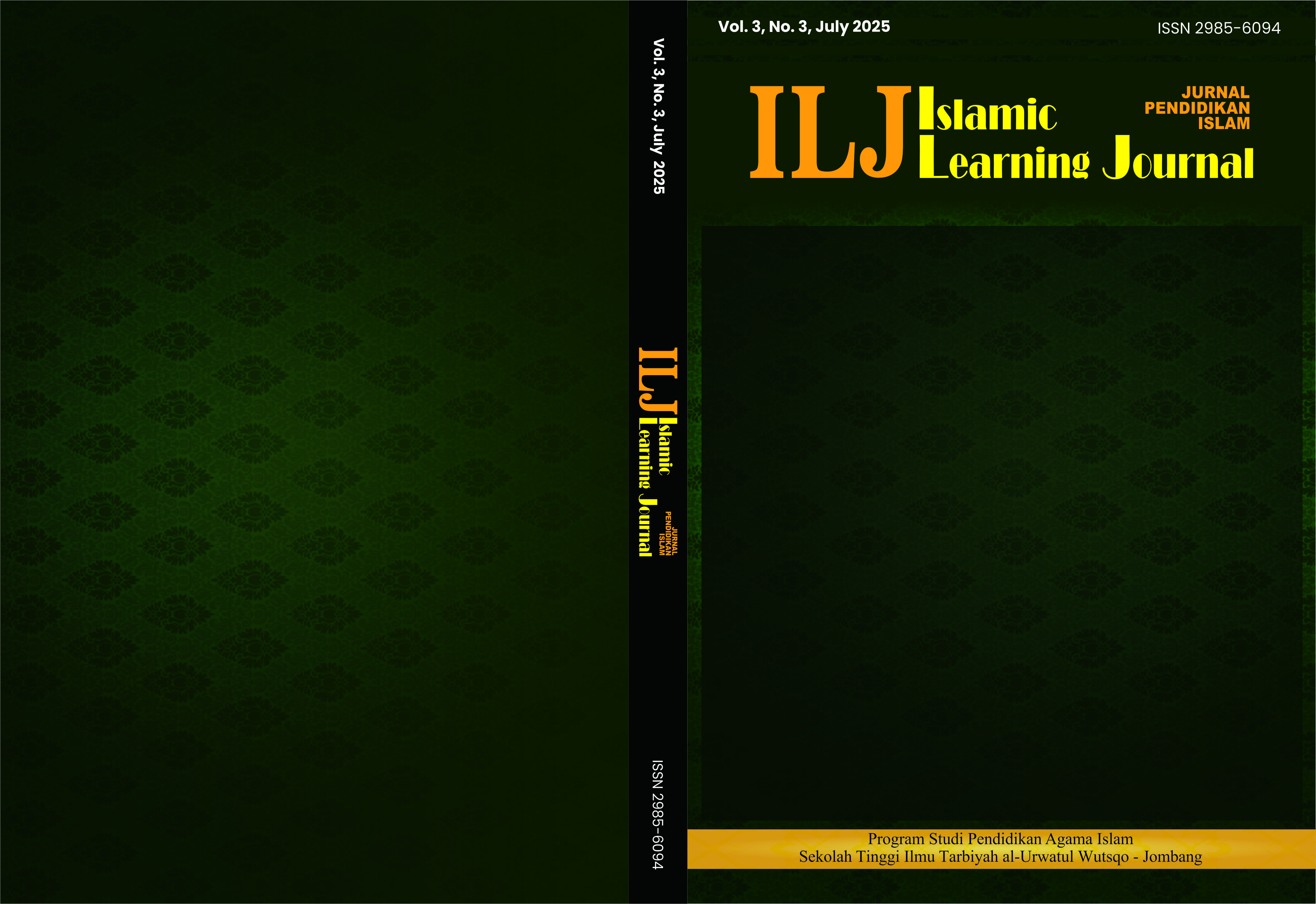Transformasi Pembelajaran Abad 21 Melalui Pendekatan Flipped Classroom
DOI:
https://doi.org/10.54437/iljjislamiclearningjournal.v3i3.2521Keywords:
learning transformation, 21st century, flipped classroom, educational technologyAbstract
21st century learning requires a transformation of the educational paradigm to be more innovative, interactive, and learner-centred. One approach that is relevant to these demands is the flipped classroom. This approach reverses the traditional learning pattern by placing knowledge transfer activities outside the classroom through digital media, while class time is used for discussion, collaboration, and problem solving. This article aims to examine the concept, characteristics, and implementation of the flipped classroom as a 21st-century learning strategy. The writing method uses a literature study by examining various related literature sources. The results of the study show that the flipped classroom can increase learning independence, active participation, and critical and collaborative thinking skills among students. In addition, this approach supports the integration of technology in learning, which is in line with the competency requirements of the 21st century. Thus, learning transformation through the flipped classroom not only provides a more meaningful learning experience but also prepares students to face global challenges creatively and adaptively.
Downloads
Downloads
Published
Versions
- 2025-10-10 (2)
- 2025-10-05 (1)










